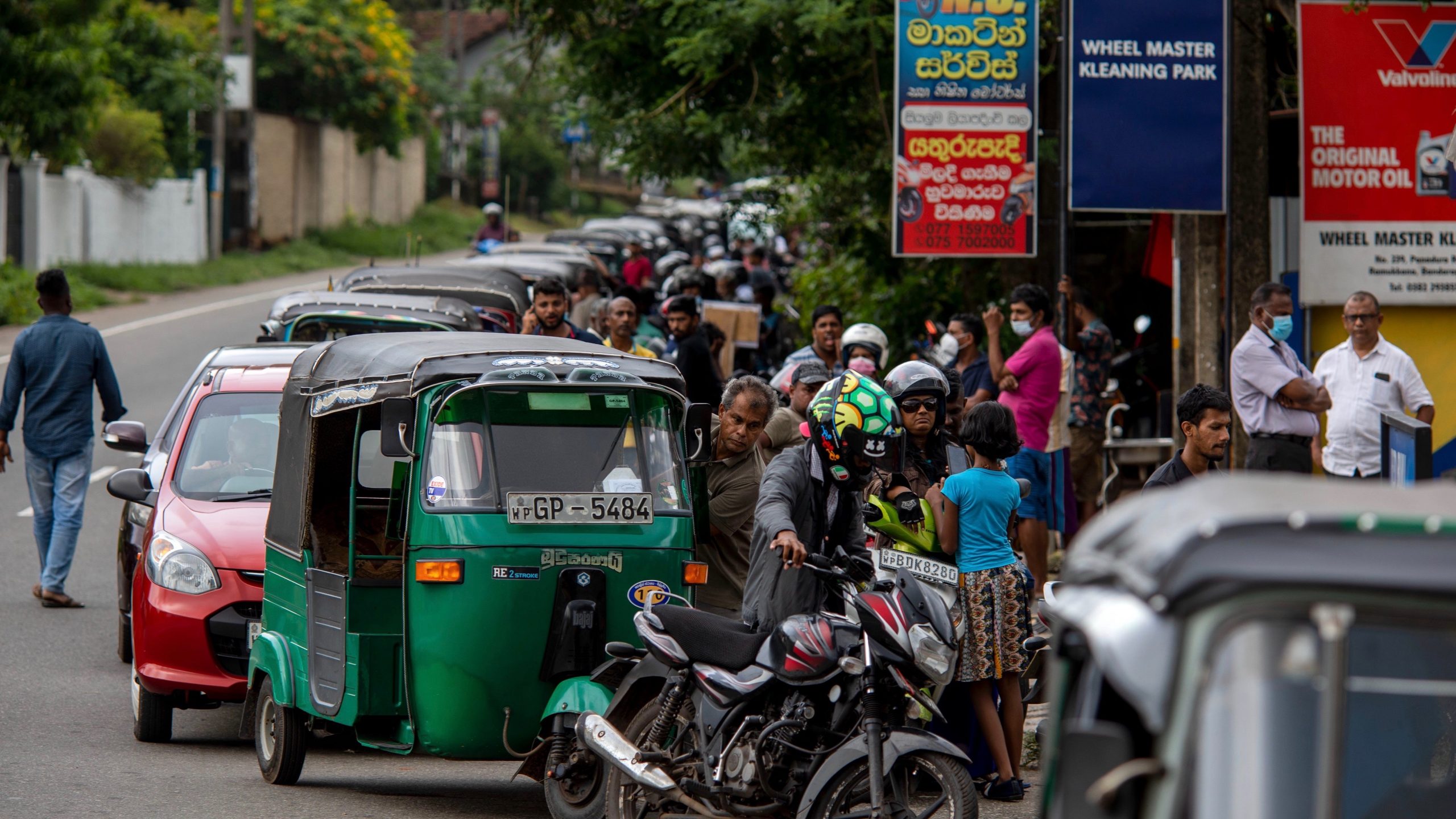On Sunday, June 19, the Sri Lankan military opened fire to contain clashes at a fuel station in capital Colombo. According to a report by AFP, “A group of 20 to 30 people pelted stones and damaged an army truck,” which led to the military opening fire. Four civilians and three soldiers were injured in the incident.
In a statement released the previous day, on June 18, the Bar Association of Sri Lanka (BASL) had warned against police assaults on suffering consumers waiting for days in fuel queues. The union of lawyers stated “It is essential that police officers in performing their duties act with understanding and empathy and acknowledge the immense suffering of the public…Public mistrust of the Government and all law enforcement will have dire consequences for the country and lead to irreparable harm.”
Cases of unrest at fuel filling stations have been rising in recent days due to disparity in fuel distribution. Preferential quotas for personal vehicles of police officers has led to clashes between the public and the local police as people queue gas stations for several days.
Similar clashes with the police were reported at three fuel stations – in the north western district of Kurunegala, in Colombo, and in the northern district of Mullativu – in the last week.
On June 16, cash-strapped Sri Lanka received the last consignment of 40,000 metric tonnes of diesel through the Indian credit facility of USD 500 million. Since then, two people have died in separate fuel queues, bringing the death toll in fuel or cooking gas queues in the country to 10.
In Kurunegala, a police official was seen attacking a protester with his hands while another official was manhandling him. Six police officials were injured during a clash with protesters in Athurugiriya, a Colombo suburban town, as protesters opposed some priority queues.
Around 80% of the island’s gas stations remain closed. In a press release, the Ceylon Petroleum Corporation (CPC) declared that it had only 6,000 tonnes of petrol and 12,000 tonnes of diesel left for distribution. According to the figures released by the CPC, Sri Lanka’s daily requirements of fuel include 3,500 tonnes of petrol, 6,000 tonnes of diesel and around 800 tonnes of kerosene.
The ongoing economic crisis has led to severe shortages of daily commodities like fuel forcing shutdowns and prolonged power-cuts. The newly-appointed government led by Ranil Wickremesinghe recently announced a shut-down of public sector offices starting June 20 as the country is running out of petrol and diesel supplies. The Sri Lankan Education Ministry has ordered teachers in all government and government-approved private schools in the national capital to hold online classes.
Minister of Power and Energy Kanchana Wijesekera requested the public not to stand in fuel queues until June 23 unless they fall under essential services. According to local media reports, the government, which has blamed the recent clashes on panic buying by the public, plans to issue a weekly fuel ‘quota’ from next month to solve the problem of discrepancies in distribution.





